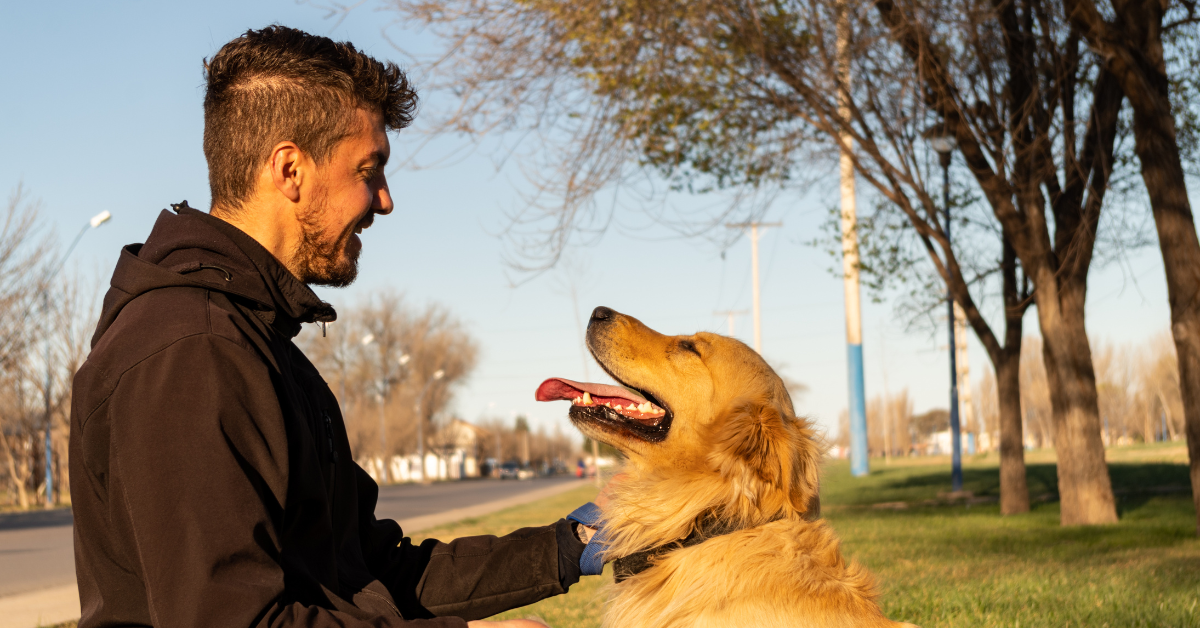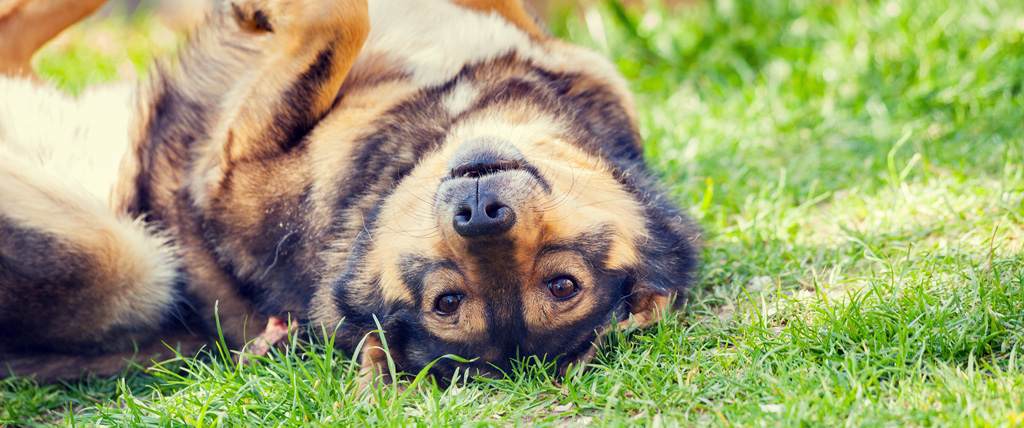Consider Fertilizer Safety Tips For Healthy Pets And Beautiful Yards
Winter, even when relatively mild, can leave our lawns looking pretty dull and drab. So it’s understandable that you’d want to refresh your yard by using fertilizer as spring moves in. Fertilizers and pets don’t always mix, so here are a few pointers for keeping your dogs safe while you invite the green back into your life.
Most fertilizers are composed of nitrogen, potassium (or potash) and phosphorous. The ingredients in fertilizer may also include insecticides, fungicides, herbicides, iron, and other minerals and these plus the nitrogen is what can cause trouble for your pet if ingested. According to the Pet Poison Helpline, if a bit of fertilizer is ingested, the risks of death are rare, but large quantities can be quite toxic. Symptoms include gastrointestinal distress such as diarrhea, vomiting, and nausea, as well as drooling, difficulty breathing and darkened gums. If you think your pet has ingested a large amount of fertilizer, call your vet.
Some of the fertilizers labeled as organic can be quite dangerous—these include feather, fish, blood and bone meal. To dogs, these fertilizers smell like a veritable “meal.” Bone meal especially can be a great danger because of the risk of it congealing in the stomach and causing an obstruction. These can also cause pancreatitis, as well as the kinds of gastrointestinal distress mentioned above. If you think your dog has ingested bone meal or another kind of meal call your veterinarian or a vet emergency hospital right away.
Whether you’re using the fertilizer in a pellet/granule form or as a spray, keep your pets off the grass until the fertilizer has had a chance to absorb, generally after a rainfall for the granule kind and after the liquid kind dries. Remember also to always read the instructions and keep your pet inside the house while you’re fertilizing. Keep any bags or boxes of fertilizer in a place your dog can’t get to—if ingested directly from the container, the chances of your dog being poisoned go up dramatically. Look into pet-friendly fertilizers, just make sure to read the instructions as well.
Opinions vary on the deadliness of cocoa bean mulch but it’s made from the shells of cocoa beans and contains theobromide and caffeine, which are the components that are toxic to dogs in chocolate. Toxicity varies between animals because of weight. As this article from Vetstreet says, cocoa bean mulch should never be ingested by dogs, so don’t use it in your yard if you’re a dog owner and beware of it in neighbors’ yards while on walks. Other kinds of mulch can be dangerous if your dog eats enough for it to form a foreign body obstruction.
You can have a beautiful yard and a healthy dog—just be sure to use caution and keep your pet’s safety in mind.
Other Recent Blog POsts
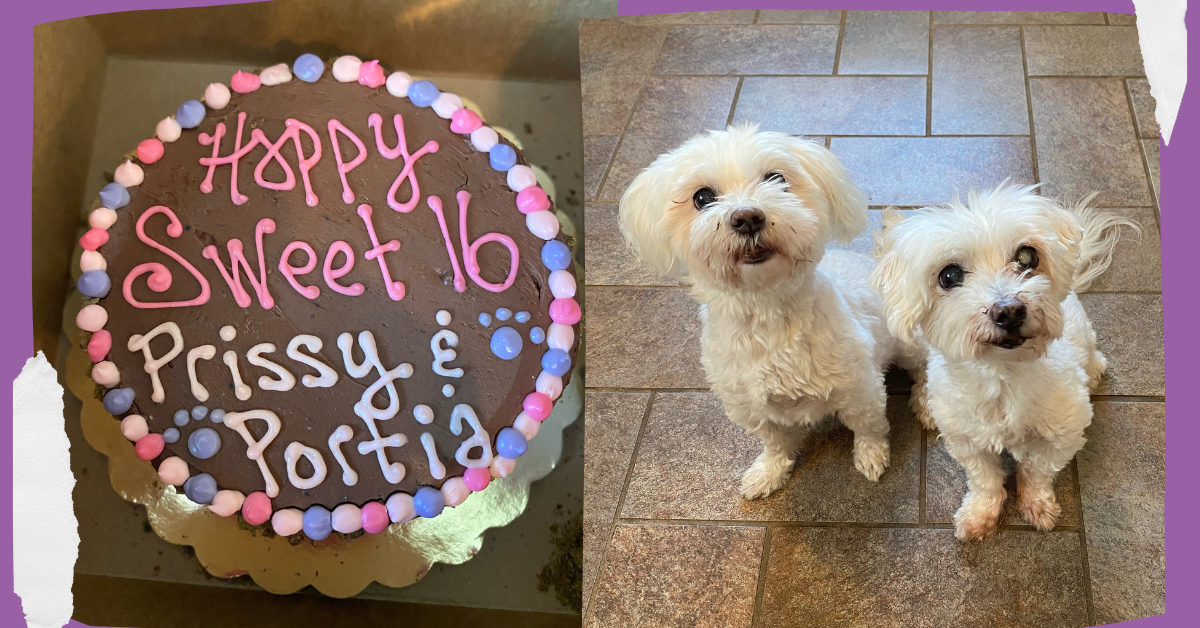
Celebrating The Original Floofins’ Sweet 16
July 24, 2024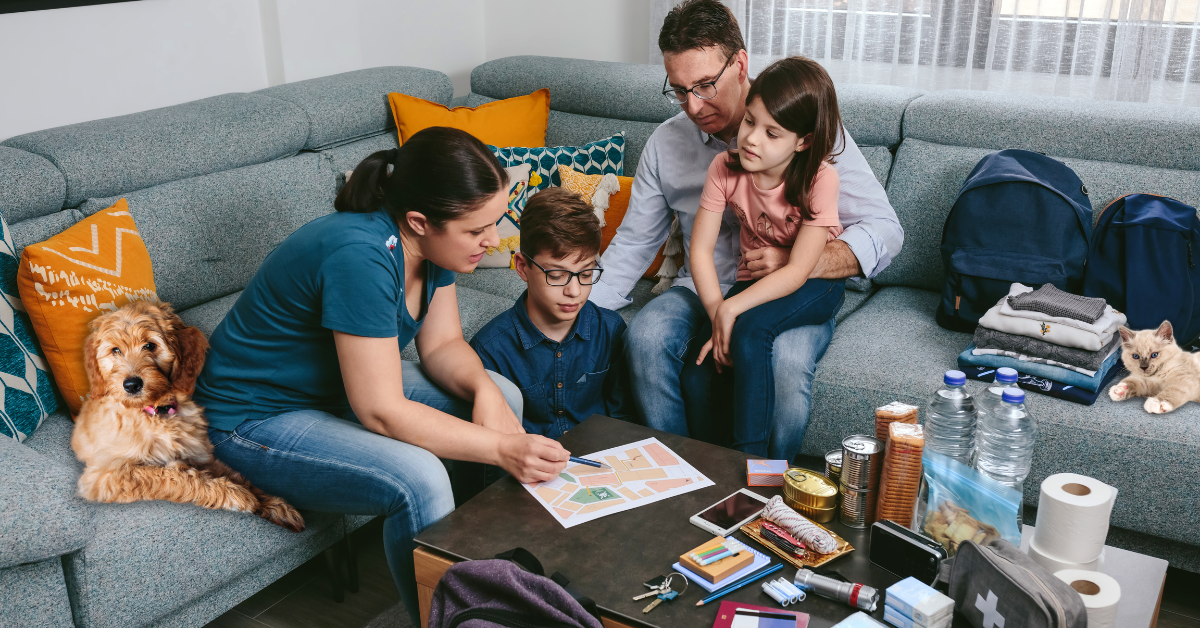
Emergency Planning for Your Home & Pet
July 18, 2024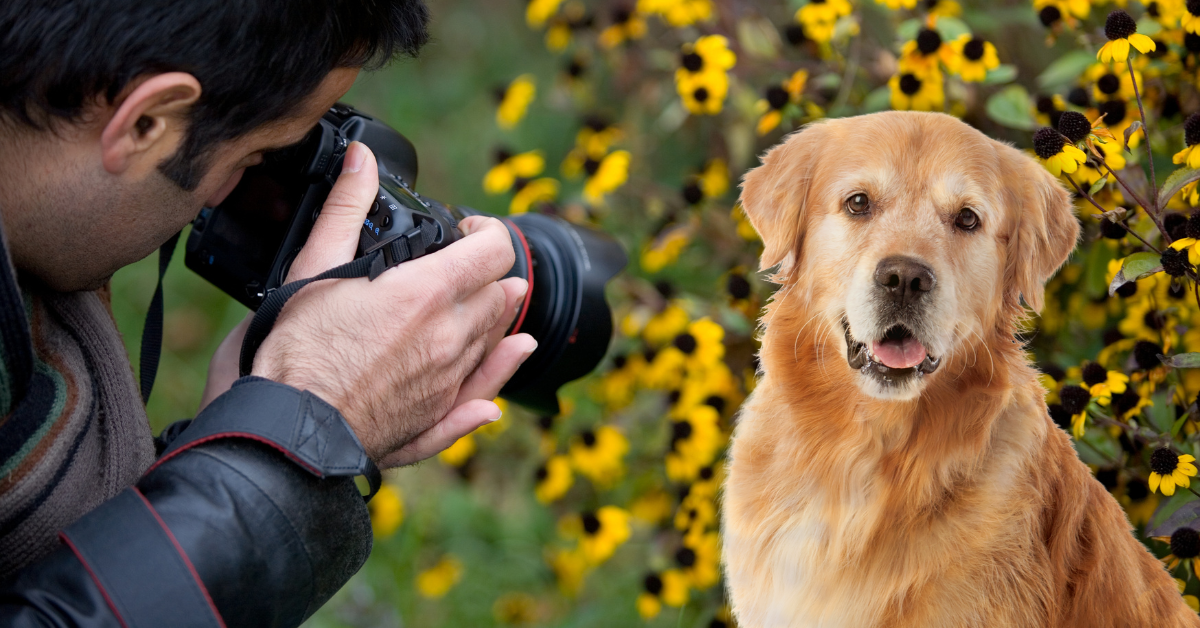
Beyond the Blurry Phone Pic: Schedule Professional Pet Photos Instead
July 10, 2024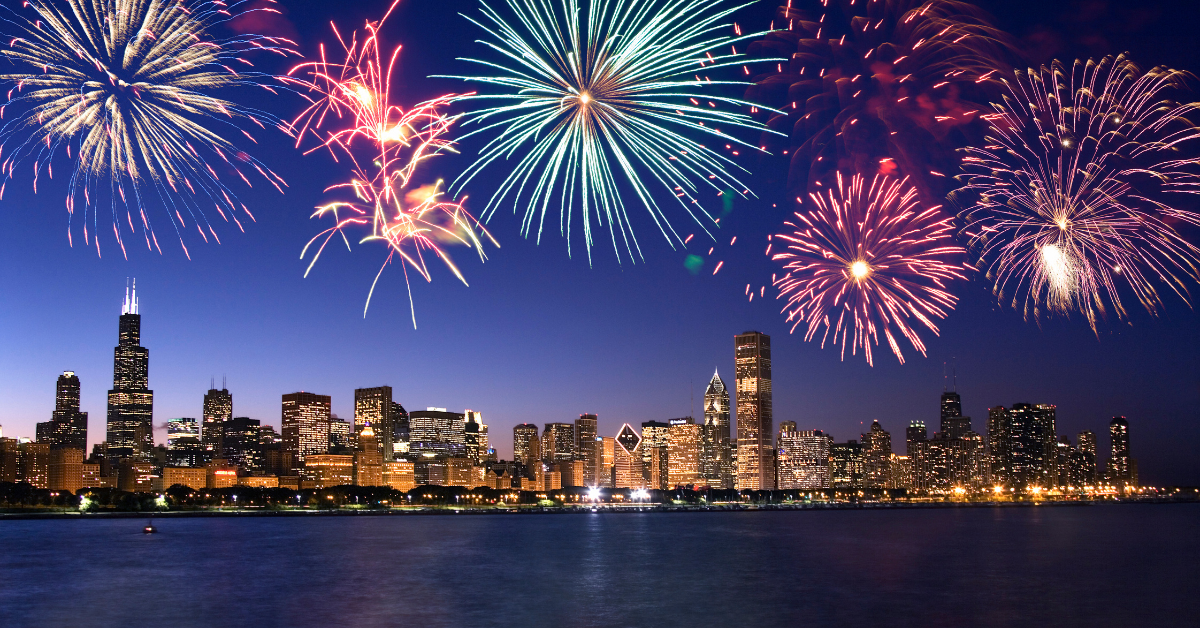
Keeping Chicago Pets Safe on the Fourth of July
July 1, 2024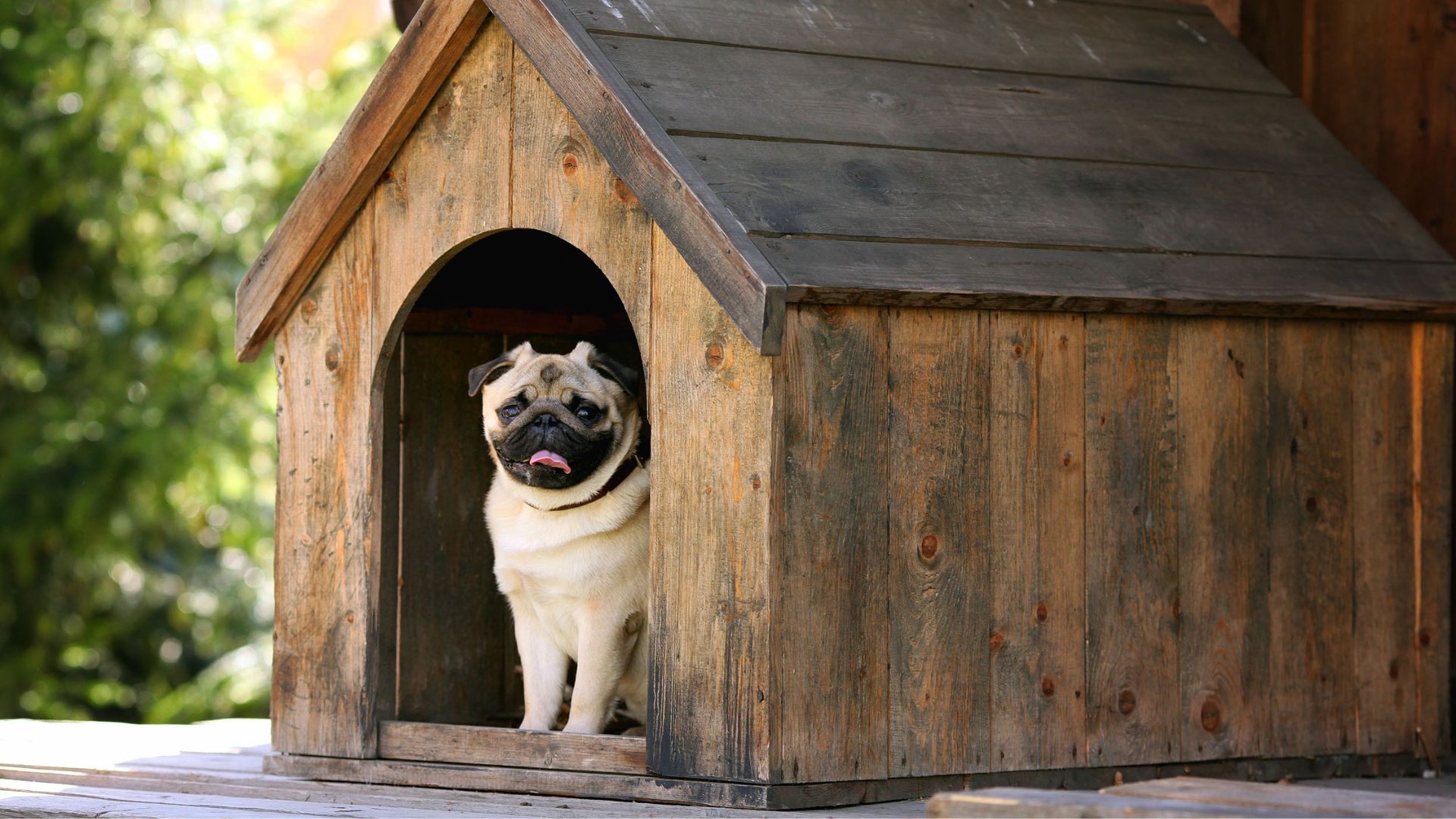
Why Floofins & Co. Leads the Pack
June 26, 2024